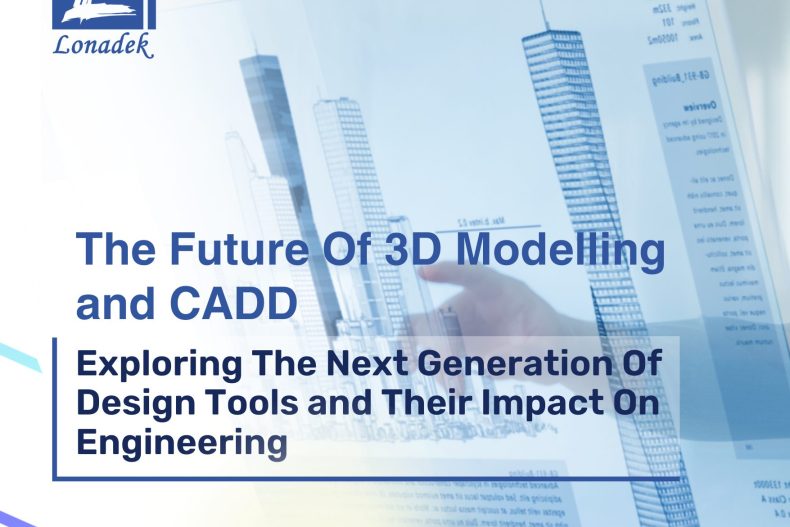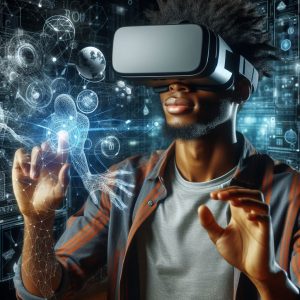As our world hurtles toward a digital future, the hunger for 3D content shows no signs of abating. Whether in video games, movies, product design, or architecture, 3D modelling remains at the forefront, offering immersive and lifelike experiences. But what lies on the horizon for this ever-evolving industry? Join us as we delve into the trends and forecasts shaping the future of 3D modelling and Computer-Aided Design and Drafting (CADD).
1. Virtual Reality (VR) and Augmented Reality (AR): A New Dimension
Virtual reality (VR) and augmented reality (AR) have transcended their origins in science fiction, now reshaping how we engage with 3D models. With advancements, VR and AR are increasingly accessible and cost-effective. Their influence on the 3D modelling industry is profound:
- Immersive Environments: VR and AR allow designers to create interactive 3D spaces, fostering better collaboration. Imagine architects walking through virtual buildings, tweaking designs in real-time, or engineers simulating complex machinery operations.
2. Artificial Intelligence (AI) and Machine Learning (ML): The Creative Assistants
AI and ML are reshaping 3D modelling pipelines:
- Faster Model Generation: AI accelerates 3D model creation, freeing artists to focus on creativity. Algorithms can generate intricate structures swiftly, streamlining workflows.
- Artificial intelligence (AI): is also revolutionizing 3D modelling and CADD through generative design techniques. These systems can explore countless design options based on specified parameters, leading to highly optimized and innovative solutions. Engineers can leverage AI to quickly generate and evaluate designs, enabling faster iterations and improved outcomes.
3. Cross-Industry Integration: Beyond Gaming and Architecture
3D modelling transcends traditional boundaries:
- Medical Simulations: 3D models simulate medical procedures in healthcare, aiding surgeons and improving patient outcomes.
- Gaming Metaverses: The gaming industry thrives on 3D modelling, creating realistic virtual worlds. As gaming continues to grow, expect more immersive experiences.
- Engineering and Product Design: From automotive parts to consumer electronics, 3D modelling enhances prototyping, testing, and manufacturing.
Conclusion





